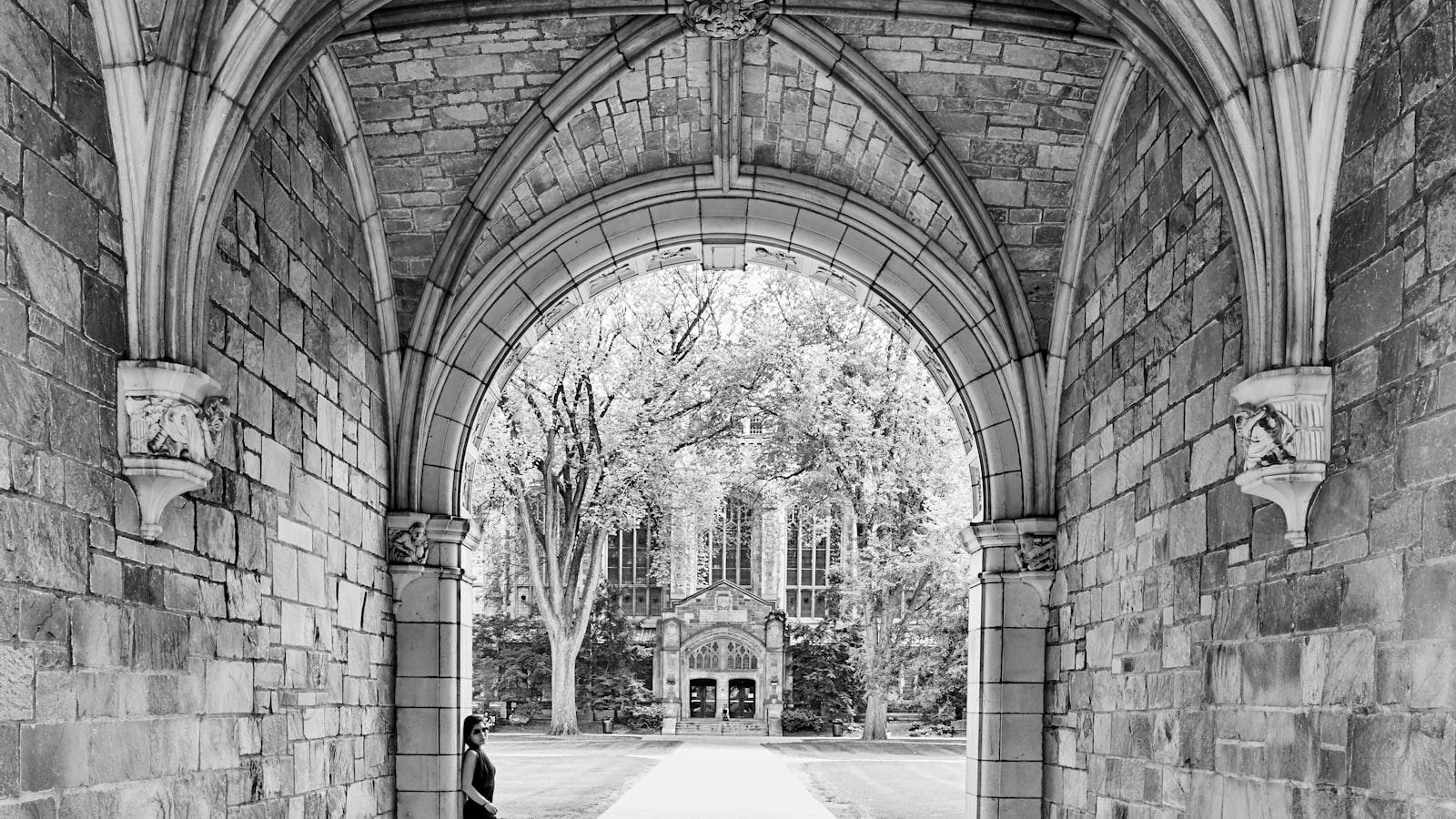Step into the realm of homeopathic medicine, where the laws that govern healing are as mysterious as they are enchanting. As we embark on a journey through the esoteric world of remedies and cures, one principle stands tall amidst the bewilderment: the Law of Similars. A principle so profound, it unravels the very essence of this centuries-old practice, revealing a mesmerizing tapestry of interconnectedness between the remedies and the ailments they seek to alleviate. Join us as we delve into the depths of this enchanting law, exploring its captivating nuances and unraveling the secrets that lie beneath its deceivingly simple surface. Welcome to the extraordinary realm of homeopathy, where the power of similarity holds the key to healing like no other.
The Essence of Homeopathic Medicine: Understanding the Law of Similars
A fundamental principle that lies at the heart of homeopathic medicine is the Law of Similars. This principle, also known as “like cures like,” states that a substance that can cause specific symptoms in a healthy person can be used to treat those same symptoms in an individual who is unwell. This concept may seem counterintuitive in conventional medicine, where treatments often aim to counteract symptoms, but it forms the very foundation of homeopathic practice.
According to the Law of Similars, a homeopathic remedy triggers a gentle healing response in the body by stimulating its natural ability to rebalance and heal itself. By administering highly diluted substances derived from plants, animals, or minerals that produce similar symptoms to those experienced by the patient, homeopathy seeks to stimulate the body’s vital force and restore health.
- Individualized Treatment: Homeopathy recognizes that different individuals may experience the same condition differently. Thus, the Law of Similars allows for tailored treatment based on a person’s unique symptoms, constitution, and overall health.
- The Law of Similars covers an extensive range of physical, mental, and emotional conditions. From allergies and migraines to anxiety and insomnia, homeopathic remedies can provide relief by addressing the root cause of the discomfort.
- Homeopathic remedies are highly diluted and therefore have minimal risk of adverse effects or toxicity. This makes them suitable for people of all ages, including infants, pregnant women, and those with sensitivities to conventional medications.
Embracing the Law of Similars, homeopathic practitioners strive to understand the intricate interplay between symptoms and the individual, unlocking the body’s innate healing potential. By delving deep into a person’s unique experience of illness, homeopathy offers a personalized approach to healthcare that honors the complexity of the human condition.
Understanding the Principle through an Example: Hay Fever
| Conventional Approach | Homeopathic Approach |
|---|---|
| Antihistamines | Allium cepa |
| Eyedrops | Euphrasia officinalis |
| Nasal Sprays | Sabadilla |
Let’s consider the example of hay fever, where conventional medicine often relies on antihistamines, eyedrops, and nasal sprays to alleviate symptoms. In contrast, homeopathy follows the Law of Similars to select remedies that match the individual’s specific experience of hay fever. For instance, Allium cepa, derived from onions, may be prescribed for someone with watery eyes and a runny nose, while Euphrasia officinalis, or eyebright, could be recommended for those with irritated and swollen eyes. Sabadilla, extracted from the seeds of the Mexican lily, might be used for individuals experiencing violent sneezing fits. These homeopathic remedies, carefully chosen based on the Law of Similars, aim to support the body’s own healing mechanisms and promote long-term relief.

Unveiling the Core Principle: How the Law of Similars Forms the Foundation of Homeopathy
Homeopathy, a unique and holistic approach to healing, is built upon a fundamental principle known as the Law of Similars. This principle, also referred to as “like cures like,” forms the very foundation of homeopathic medicine. It states that a substance that can cause certain symptoms in a healthy person can be used to treat those same symptoms in a sick individual. Instead of suppressing the symptoms, homeopathy seeks to activate the body’s innate healing abilities.
At the heart of the Law of Similars lies the belief that the body has an inherent intelligence and possesses the capacity to heal itself. By carefully selecting remedies that produce symptoms similar to those experienced by the patient, homeopathy aims to stimulate and support the body’s natural healing response, ultimately restoring balance and well-being.

Harnessing the Power of Similarity: Exploring the Principles of Homeopathic Medicine
Homeopathic medicine, an alternative approach to healing, revolves around a fascinating principle known as the Law of Similars. This core principle forms the very foundation of homeopathy and guides its practitioners in their treatment strategies. The Law of Similars, based on the concept of “like cures like,” suggests that a substance that can produce symptoms in a healthy person can also stimulate the body’s natural healing response to alleviate those same symptoms in a sick person.
In essence, homeopathy believes that a substance which would cause symptoms in a healthy individual can be diluted and potentized to such an extent that it becomes a powerful remedy to address similar symptoms in an ailing patient. This concept may seem counterintuitive at first, as conventional medicine often relies on medications that counteract symptoms directly. However, homeopathy takes a holistic approach, striving to activate the body’s innate healing abilities by stimulating its vital force.
Enhancing Healing: Recommendations for Incorporating the Law of Similars in Homeopathic Treatment
Homeopathic medicine is a holistic approach to healing that is based on a core principle known as the Law of Similars. This principle suggests that a substance that can cause symptoms in a healthy individual can be used in diluted form to treat similar symptoms in a person who is unwell. By harnessing the power of similars, homeopathic treatment aims to stimulate the body’s own healing mechanisms and restore balance.
The Law of Similars in Action
When treating patients, homeopathic practitioners carefully select remedies that match the specific symptoms and characteristics of the individual. These remedies are prepared through a process of dilution and potentization, which enhances their healing properties while minimizing potential side effects. By focusing on the unique expression of illness and tailoring treatment to the individual, homeopathy seeks to address the underlying causes of disease and promote deep healing.
Recommendations for Incorporating the Law of Similars
To effectively incorporate the Law of Similars in homeopathic treatment, it is important to follow these recommendations:
- Conduct a thorough case history and analysis to understand the individual’s symptoms and overall health picture.
- Select a remedy that closely matches the symptoms and characteristics of the person, taking into account both physical and emotional aspects.
- Administer the chosen remedy in a diluted form, following proper dilution and potentization protocols.
- Monitor the individual’s response to the remedy and make necessary adjustments based on their progress.
By adhering to these recommendations, homeopathic practitioners can harness the power of the Law of Similars to enhance healing and promote overall well-being.
Closing Remarks
In conclusion, it is through the law of similars that homeopathic medicine has found its unique place in the vast realm of healing. This core principle, like a delicate thread woven into the fabric of homeopathy, connects the mind, body, and spirit, and uncovers an alternative pathway to health and balance.
As we have delved deeper into the essence of homeopathy, we have discovered that ‘like cures like’ is not just an anecdotal notion, but a profound concept that challenges the conventional wisdom of medicine. It invites us to reevaluate the nature of healing, prompting us to ponder the intricacies of our own bodies’ ability to restore harmony.
In a world where symptoms are often masked or suppressed, the law of similars urges us to listen intently to the whispers of our bodies, harnessing the healing potential within. It is a gentle reminder that there is so much more to our well-being than meets the eye, and that an individualized approach to healing can yield astonishing results.
While critics may dismiss homeopathy as merely a placebo or pseudoscience, it remains a captivating field of study for those who seek an alternative path. Guided by the law of similars, homeopathic practitioners dedicate themselves to understanding the intricate dance between affliction and cure, weaving an invisible tapestry of support for those who come seeking solace.
So, as we bid farewell to the world of homeopathy, let us not forget the beauty and complexity that lies within the law of similars. Just as the butterfly’s delicate wings create a ripple effect, so too does this principle permeate the realms of wellness, stirring curiosity and intrigue.
Whether believer or skeptic, it is undeniable that homeopathy’s journey reflects our never-ending quest for the unknown, pushing the boundaries of traditional medicine and opening endless possibilities for the future. Let us embrace this enigmatic art and science, and let it continue to inspire and challenge us on our path to a deeper understanding of ourselves and the fascinating world of medicine.



